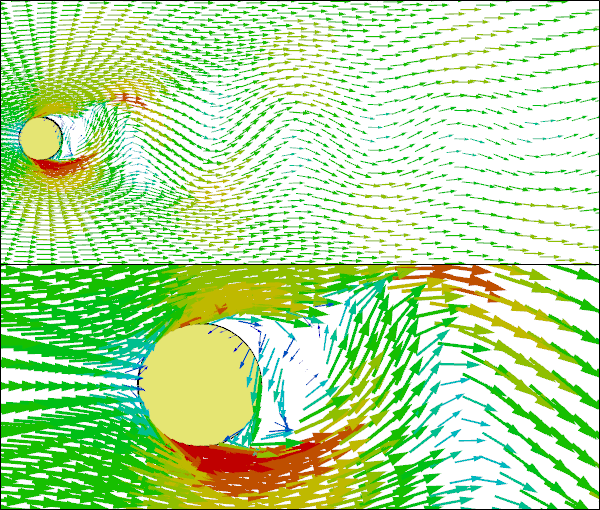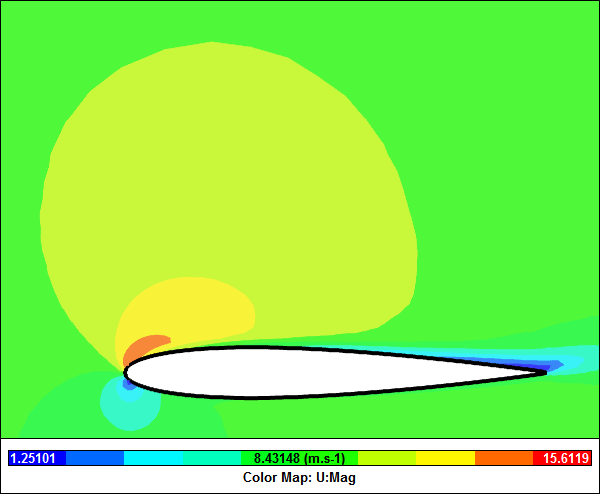
10 Design Rules For Fluid Dynamics
Submitted by Richard Smith on February 24, 2016 - 11:30
There are basic design rules for fluid dynamics, which allow you to jumpstart your design without having to resort to fundamental experiments or analysis. What are these rules?
 Vortex Shedding Behind a CylinderBluff bodies produce more drag than streamlined shapes
Vortex Shedding Behind a CylinderBluff bodies produce more drag than streamlined shapes
All things being equal, knowing some basic rules for fluid dynamics can save you time and money in the design of your next project, so see if these rules help.
Rules
- Streamlined shapes (e.g., airfoil) produce less drag than bluff bodies (e.g., cylinder).
- Laminar flow produces less drag than turbulent flow over streamlined shapes.
- Turbulent flow produces less drag than laminar flow over bluff bodies (hence dimples on golf balls).
- Smooth variation of curvature produces less drag than sharp edges.
- Smaller cross sectional area produces less drag for similar shapes.
- Smooth surfaces produce less drag than rough surfaces.
- Turbulent flow is more effective for heat transfer due to convection when compared to laminar flow.
- Forced convection is more effective for heat transfer than natural convection.
- The higher the pressure loss in a heat exchanger, the lower the heat transfer efficiency.
- Turbulent flow is more effective for mixing than laminar flow.
 Turbulent Flow Over an AirfoilTurbulent flow produces more drag than laminar flow for streamlined shapes
Turbulent Flow Over an AirfoilTurbulent flow produces more drag than laminar flow for streamlined shapes
Exceptions
Of course there are exceptions (nuances) to most rules and these design rules for fluid dynamics are no exception, but that is an exceptional topic for another day.
- Richard Smith's blog
- Login to post comments
Select Language
Recent blog posts
- CFD Simulates Distant Past
- Background on the Caedium v6.0 Release
- Long-Necked Dinosaurs Succumb To CFD
- CFD Provides Insight Into Mystery Fossils
- Wind Turbine Design According to Insects
- Runners Discover Drafting
- Wind Tunnel and CFD Reveal Best Cycling Tuck
- Active Aerodynamics on the Lamborghini Huracán Performante
- Fluidic Logic
- Stonehenge Vortex Revealed as April Fools' Day Distortion Field

